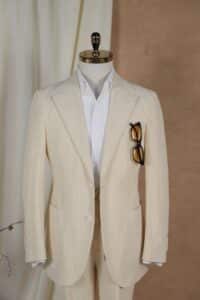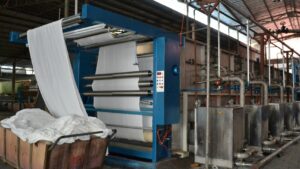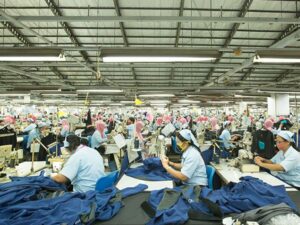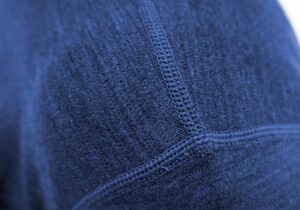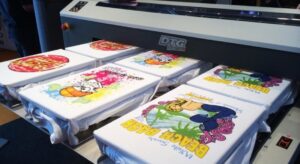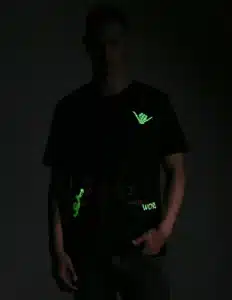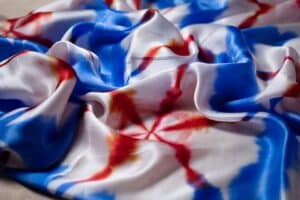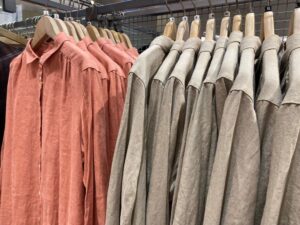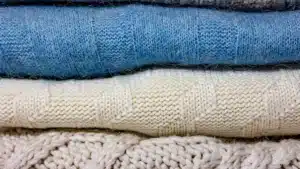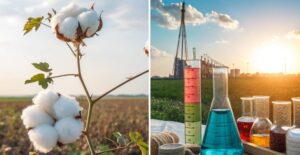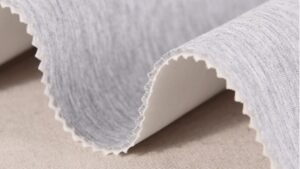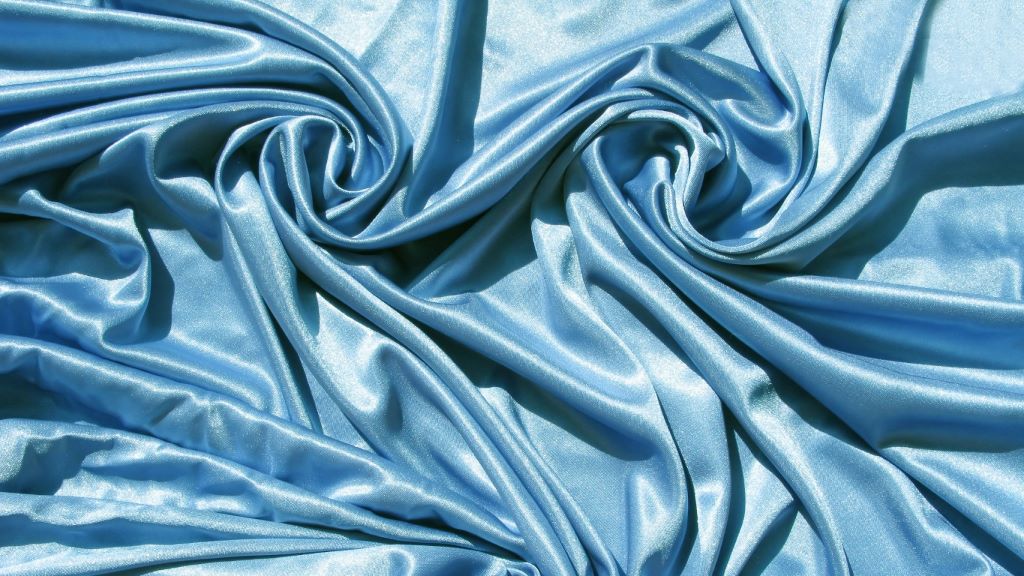
Viscose fabric is something you’ve probably seen or used. It’s made from natural plant fibers and feels soft like silk. It’s also as comfy as cotton. People love it for fancy dresses and casual shirts. You can also find it in curtains and bed sheets. It looks like natural fabrics, which designers enjoy. It’s breathable and not too expensive, so it’s great for daily use. As more people want eco-friendly choices, viscose is becoming more popular for its many uses and green potential.
Key Takeaways
Viscose fabric feels soft, lets air through, and works well for clothes and home items.
Wash and dry viscose gently to keep it looking nice.
Picking eco-friendly viscose helps the planet and supports green habits.
Viscose is partly natural and partly made with chemicals, which impacts the environment.
Check for labels like FSC or OEKO-TEX to buy responsibly made viscose.
What Is Viscose Fabric?
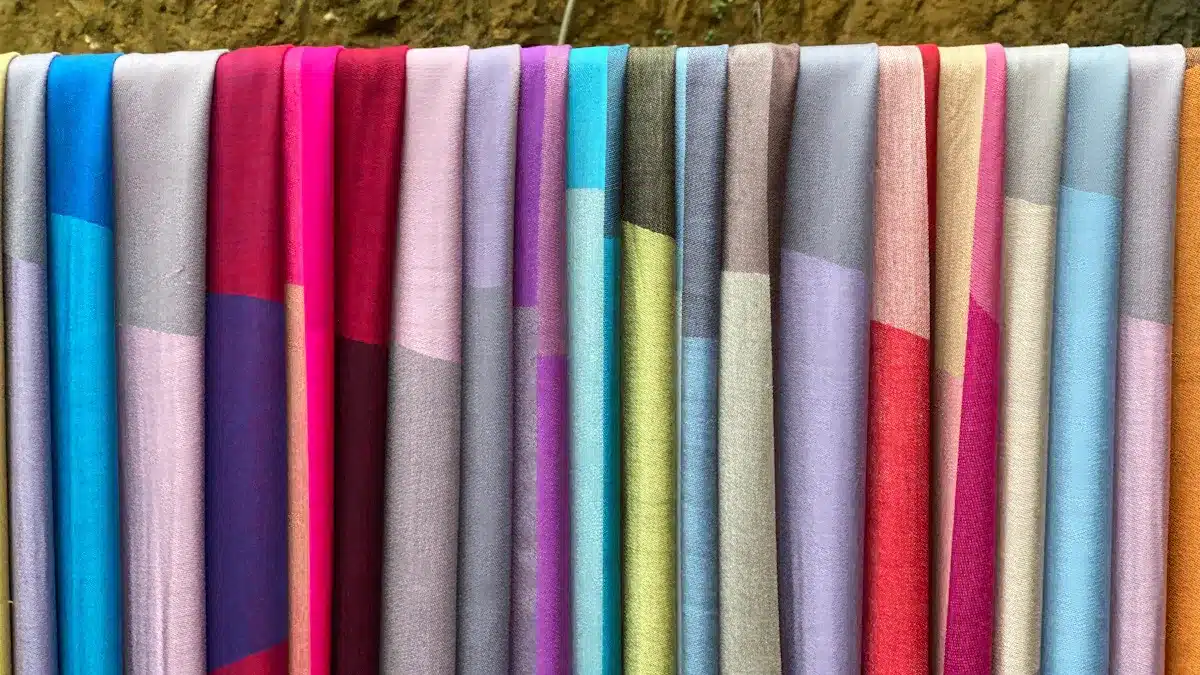
Definition and origins of viscose
Viscose fabric is made from cellulose, found in wood or bamboo pulp. It was created in the late 1800s to make cheap, silk-like fabric. Charles Frederick Cross and his team patented the viscose process in 1892. By 1905, viscose rayon was being made commercially. The first U.S. rayon factory opened in 1910. Viscose became loved for being soft, useful, and similar to cotton and silk.
Why viscose is considered a semi-synthetic fabric
Viscose is called semi-synthetic because it mixes natural and chemical parts. It starts with cellulose, a natural material from wood. Then, chemicals are added to turn it into viscose. This chemical process makes it different from natural fabrics like cotton or synthetic ones like polyester.
Viscose comes from natural fibers but needs chemical processing.
The process begins with wood cellulose, which is treated with chemicals.
This heavy chemical treatment makes viscose a semi-synthetic fabric.
The relationship between Viscose and Rayon
You might ask, "What’s the link between viscose and rayon?" They are basically the same thing. Rayon is the general term in the U.S. for fabrics made from regenerated cellulose. Viscose is the specific process used to make this rayon. Both names are often swapped, but viscose focuses on the fabric’s smooth feel and flowy look.
How Is Viscose Fabric Made?
Key materials used in viscose production
Viscose fiber is a type of regenerated cellulose fiber produced through a chemical process. Natural cellulose materials (such as wood, bamboo) are dissolved and purified, then spun into fibers using specialized techniques. This innovative method enables a "second growth" from plant to textile, making viscose a sustainable man-made fiber with natural origins.
Viscose is made from wood pulp, which comes from trees like beech, pine, or eucalyptus. This pulp has cellulose, a natural fiber that is the base of viscose. Chemicals like sodium hydroxide (NaOH) and carbon disulfide (CS2) are added to change the cellulose into a usable form. Getting wood pulp in a sustainable way can be hard because of costs and environmental issues. To fix this, companies are using eco-friendly methods and better technology to protect forests.
Steps in the production process
Making viscose involves several steps to ensure it turns out well. Here’s a simple explanation:
Steeping: Wood pulp is soaked in sodium hydroxide to make alkali cellulose.
Shredding: The alkali cellulose is cut into small, fluffy pieces.
Aging: These pieces are stored to change their thickness.
Xanthation: Carbon disulfide reacts with the aged cellulose to make cellulose xanthate.
Ripening: The viscose solution is left to settle and stabilize.
Filtration: Impurities are removed to make smooth, clean fibers.
Wet Spinning: The solution is pushed through tiny holes, forming filaments that harden in a chemical bath.
These steps must be done carefully to make good-quality viscose, which is used in clothes and home items.
Challenges in manufacturing viscose
Making viscose has some problems. One big issue is keeping the filaments even during wet spinning. Tiny holes in the spinnerets can get blocked, causing uneven fibers. This makes the fabric look bad and hard to dye. New systems, like those by Evoc High-tech Holdings Group, check spinneret holes with 97% accuracy, reducing defects. Another challenge is the carbonization process, where viscose fibers are heated. Studies show that controlling heat and speed improves results. Yields of 21.2% and a surface area of 175 m²/g can be reached with the right settings. These improvements help solve problems and make better viscose fabric.
Characteristics of Viscose Fabric

Softness and luxurious texture
Viscose fabric is very soft and feels fancy. When you touch it, it’s smooth and gentle on your skin. This makes it great for clothes and bedding. Its softness comes from its special structure, which is like silk. Scientists test its softness using different methods.
Test Type | What It Measures |
|---|---|
Strength, bending, and compression | |
Surface Properties | Smoothness and how it feels to touch |
Low-Stress Properties | Effects of polyester, weave, and thread density |
Tactile Properties | Tested with the Kawabata system |
These tests prove viscose is soft and feels fancy. It’s perfect for comfy clothes.
Breathability and moisture-wicking properties
Viscose lets air pass through easily, keeping you cool. It also absorbs sweat well, making it great for summer clothes and sportswear.
Tests like the Water Vapor Transmission Rate (WVTR) show how much air and water vapor pass through. Another test, the SmartDry Dry Rate Tester, checks how fast it dries. These tests show viscose is breathable and dries quickly. It’s a good choice for hot or humid weather.
Lightweight and drapability
Viscose is light and feels almost like wearing nothing. This makes it great for flowy dresses, shirts, and scarves. It also hangs nicely, making outfits look elegant. Designers love it because it creates stylish shapes without being heavy.
This light fabric works for both casual and fancy styles. Its graceful drape keeps it popular in fashion. Whether you want comfort or style, viscose gives you both.
Durability and care considerations
Viscose feels fancy but needs careful handling to last. It’s not as strong as cotton or polyester, especially when wet. Treat it gently to keep it looking nice and lasting longer.
Always check the care label before washing viscose. Hand wash it in cold water for the best results. If using a machine, pick a gentle cycle and use a mesh laundry bag. Don’t twist or wring it, as this can harm the fibers. Instead, press out the water softly.
Drying viscose takes extra care. Lay it flat on a clean towel to air dry. Hanging it while wet can stretch or ruin its shape. Keep it out of direct sunlight to avoid fading. You can iron viscose on low heat. Use a cloth between the iron and fabric to stop burning.
Store viscose properly to keep it soft and light. Fold it neatly and place it in a cool, dry spot. Don’t overcrowd your storage to avoid wrinkles. If it gets stained, clean it quickly with mild soap.
By following these tips, viscose can stay beautiful for years. Taking care of it helps keep this fabric a favorite for clothes and home items.
Uses of Viscose Fabric
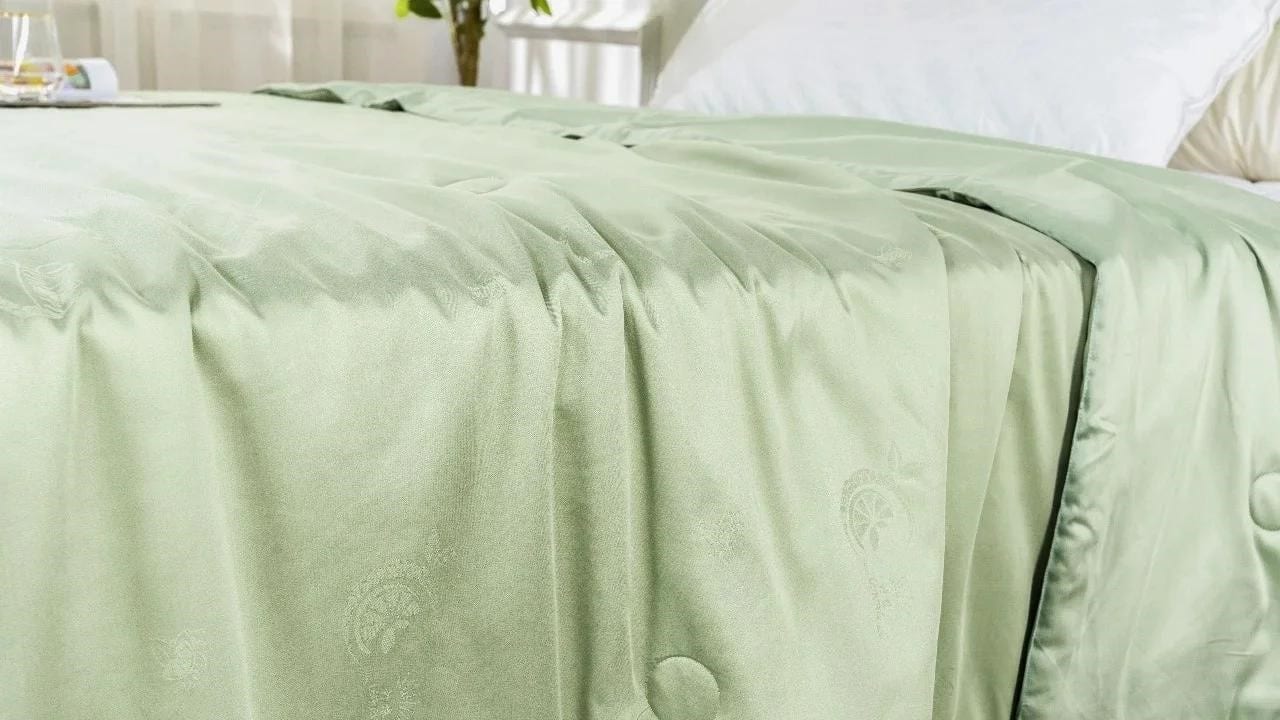
Fashion applications (e.g., dresses, blouses, and activewear)
Viscose fabric is loved in fashion for its comfort and style. It feels soft and lets air pass through, making it great for summer clothes. You’ll see it in dresses, blouses, and light activewear. It’s also used for flowy skirts and fancy evening gowns.
This fabric keeps you cool by wicking sweat and allowing airflow. Designers like viscose because it can feel like silk or cotton. This makes it perfect for both casual and formal outfits. Many people choose viscose for stylish clothes that are also comfy.
Characteristic | Description |
|---|---|
Viscose feels soft, making it great for clothing. | |
Breathability | It allows air to flow, keeping you cool in heat. |
Excellent Drape | The fabric hangs beautifully, ideal for dresses and blouses. |
Market Demand | High demand shows viscose is popular in the clothing industry. |
Home textiles (e.g., curtains, bedding, and upholstery)
Viscose is also used in home items for its beauty and usefulness. Its soft feel and classy look make it great for curtains, bedding, and furniture covers. Linen viscose is strong and resists bacteria, which is helpful for allergy-prone homes.
People like viscose for creating cozy and stylish spaces. Bedding made from viscose feels smooth and comfy. Curtains made with it add elegance to any room. As more people want eco-friendly décor, viscose fits perfectly into this trend.
Tip: To keep viscose home items soft and nice, wash gently and air dry.
Industrial uses (e.g., medical products and packaging)
Viscose is useful in industries beyond fashion and home décor. In healthcare, it’s used for surgical gowns, wound pads, and absorbent items. It’s safe for sensitive skin and absorbs moisture well, making it great for medical use.
Viscose is also eco-friendly and works well in packaging. It’s biodegradable and strong, making it good for sustainable packaging. Industries also use it in things like conveyor belts and filters because it’s durable and absorbent.
Application Area | Key Features | Growth Rate |
|---|---|---|
Medical Textiles | Safe for skin, absorbs moisture, used in gowns and pads | Fastest-growing segment |
Packaging | Eco-friendly, supports green packaging goals | Growing demand |
Viscose’s many uses show its value in clothing, home décor, and industries.
Viscose vs. Other Fabrics
Viscose vs. Cotton
Viscose and cotton feel different and have unique traits. Viscose is soft and smooth, almost like silk. Cotton feels more natural and a bit rougher. Cotton is stronger, especially when wet, so it lasts longer. But viscose drapes better, making it great for flowy clothes.
When it comes to the environment, viscose uses fewer resources. Making one kilo of viscose needs about 640 liters of water. Cotton, however, needs around 25,000 liters for the same amount. Viscose also uses less dye, which is better for the planet. Still, cotton is a natural fiber and doesn’t need chemicals, making it more eco-friendly.
Viscose vs. Polyester
Viscose and polyester are very different fabrics. Viscose lets air through and absorbs sweat, so it’s comfy in heat. Polyester traps heat and can feel sticky. Polyester is tougher and doesn’t wrinkle easily. Viscose, though, needs gentle care to stay nice.
For the environment, polyester is not biodegradable and adds microplastics to the planet. Viscose breaks down naturally but needs chemicals to be made. The table below shows their differences:
Fabric Type | Environmental Impact | Biodegradable | Microplastics | Carbon Emissions (kg/ton) |
|---|---|---|---|---|
Polyester | Adds plastic waste and pollution | No | Yes | |
Viscose | Needs chemicals during production | Yes | No | N/A |
Pros and Cons of viscose compared to other fabrics
Viscose has many good points compared to other fabrics. It breaks down naturally and uses less water and dye than cotton. Its softness and drape make it perfect for stylish clothes. But, making viscose involves harmful chemicals, which hurt the environment. New methods, like the Lyocell process, are helping by reusing chemicals and cutting waste.
Tip: If you want a fabric that’s comfy, stylish, and eco-friendly, viscose is a smart pick.
Caring for Viscose Fabric
Washing and drying tips
To care for viscose, wash and dry it properly. Always use cold water to clean viscose clothes. Hand washing is best to protect the delicate fibers. If using a machine, pick a gentle cycle and use a mesh bag. Never use bleach, as it can harm the fabric and fade colors.
Air drying is the safest way to dry viscose. Lay it flat on a clean towel to keep its shape. Don’t hang it while wet, as it may stretch and lose its drape. Avoid twisting or wringing the fabric to prevent damage. Careful washing and drying, like using the right temperature and spin speed, keeps the fabric strong and reduces fiber loss.
Recommendation | |
|---|---|
Washing | Use cold water; hand wash; skip bleach. |
Drying | Air dry flat; don’t hang; avoid twisting. |
Ironing and storage recommendations
Iron viscose with care to avoid damage. Use low heat and iron it when slightly damp. If it’s dry, spray it lightly with water first. Always place a cloth between the iron and fabric to stop burns or shiny spots.
Store viscose in a cool, dry place away from sunlight. Sunlight can fade colors and weaken the fibers. Fold the fabric neatly instead of hanging it to avoid stretching. Proper storage helps keep viscose soft and looking great for a long time.
Common mistakes to avoid
Avoid mistakes that can ruin viscose fabric. Don’t use hot water, as it can shrink the material. Never tumble dry viscose, as heat can change its shape. Skipping a pressing cloth while ironing can cause burn marks. Also, don’t overcrowd your storage space, as this can lead to wrinkles.
By following these steps, your viscose items will stay fresh and stylish. Taking care of them properly makes them last longer and keeps their soft, fancy feel.
Environmental Impact of Viscose
Concerns about sustainability in making viscose
Making viscose has some environmental problems. It starts with getting wood pulp, often from old forests. These forests help absorb carbon dioxide, but planting new trees doesn’t replace their benefits. Factories making viscose are often in places with weak safety rules. They use harmful chemicals like caustic soda and sulfuric acid, which can hurt nature and workers.
The process also uses a lot of resources. About 30 tons of water are needed to make one ton of viscose. This high water use can cause shortages near factories. Viscose also takes a long time to break down, from 20 to 200 years. This adds to waste problems. People living near these factories often face health issues from pollution, showing the need for better methods.
Steps to make viscose eco-friendlier
New ideas are helping make viscose more planet-friendly. Companies like Lenzing now get wood pulp responsibly, avoiding old forests and using recycled materials. Their Refibra line uses 30% textile waste, cutting the need for new resources.
Other companies, like Evrnu and Renewcell, are also helping. Evrnu turns old clothes into new fibers, reducing waste and pollution. Renewcell’s Circulose® technology changes used cotton and viscose into biodegradable pulp for new fabrics. These efforts show that better ways to make viscose are possible with smart ideas and dedication.
Picking eco-friendly viscose products
When buying viscose, look for labels like FSC (Forest Stewardship Council) or OEKO-TEX. These show the product was made responsibly and safely. Brands using recycled materials or new technologies, like Lenzing’s Refibra or Renewcell’s Circulose®, are good options. Supporting brands with clear supply chains helps encourage greener practices.
Tip: Check product tags and brand websites for details on their eco-friendly efforts. Choosing sustainable viscose helps protect the environment.
Viscose fabric is known for being soft, breathable, and useful. It’s used in many things, like clothes, home items, and even industrial goods. Its special features, such as absorbing moisture and taking dye well, make it popular in textiles. But making viscose can harm the environment, especially in places with weak rules. Picking eco-friendly viscose can lower these problems.
Here’s a simple overview of viscose’s good points, uses, and eco-issues:
Category | Details |
|---|---|
Benefits | Breaks down naturally, is flexible, and feels like cotton. |
Uses | Great for woven and non-woven fabrics, like clothes and home décor. |
Environmental Impact | Breaks down over time, but making it can hurt nature. |
Learning about viscose helps you choose how to use it wisely.
FAQ
How is viscose different from other fabrics?
Viscose feels soft like silk but costs less money. It breathes better than polyester and hangs nicer than cotton. It’s great for lightweight, stylish clothes.
Tip: Pick viscose for cool summer outfits or flowy dresses.
Can you wash viscose in a machine?
Yes, but use cold water and a gentle cycle. Put it in a mesh laundry bag to keep it safe. Don’t use bleach or strong detergents.
Note: Hand washing is better for delicate viscose clothes.
Is viscose good for the environment?
Viscose breaks down naturally, but making it can harm nature due to chemicals. Look for brands using FSC-certified wood pulp for eco-friendly options.
Eco-Friendly Labels | What They Mean |
|---|---|
FSC | Forests managed responsibly |
OEKO-TEX | Safe and green production |
Does viscose shrink when washed?
Yes, it can shrink if washed in hot water or dried with high heat. Always follow care labels to avoid ruining it.
Tip: Lay viscose flat to dry and keep its shape.
How do you fix wrinkles in viscose?
Iron viscose on low heat when it’s a little damp. Use a cloth between the iron and fabric to stop burns. If it’s dry, spray it lightly with water first.
Reminder: Don’t use high heat to protect the fabric.

